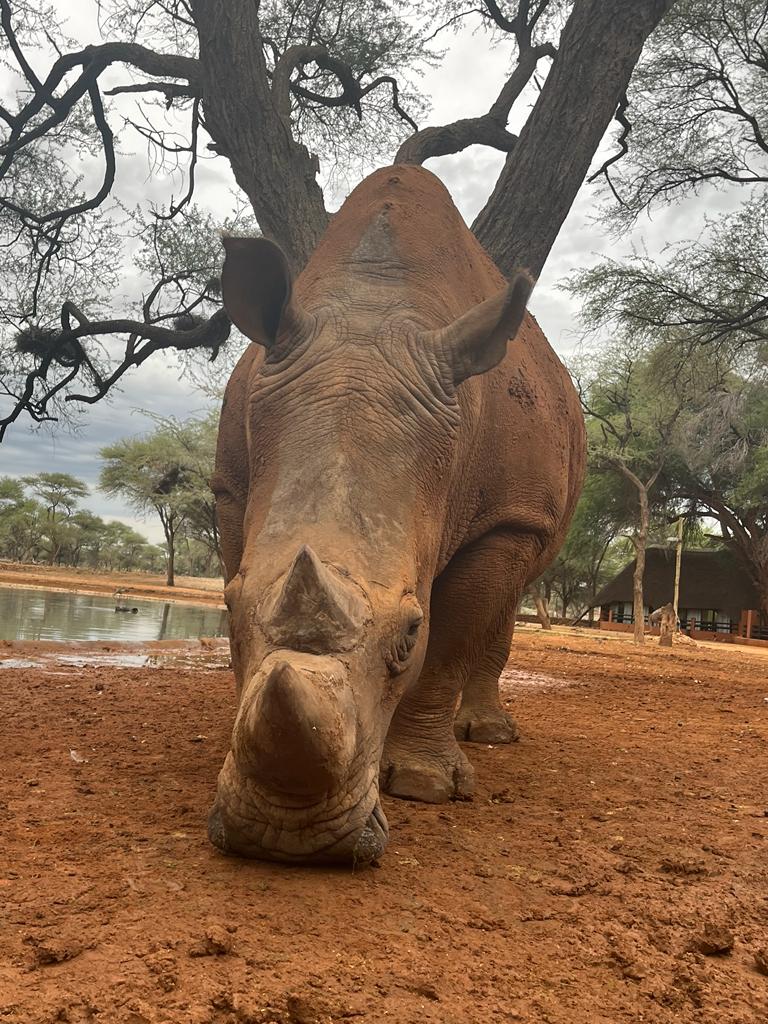The white rhino isn’t actually white! This common misconception stems from a linguistic mix-up. The name “white rhino” originates from the Dutch word “wijd,” meaning wide, referencing its broad mouth – ideal for grazing. However, a misconception of “wijd” as “white” along the road resulted in the term we know today. These gorgeous creatures are actually gray, with a distinctive wide-mouthed appearance.
White rhinos are the world’s second-largest terrestrial creatures, closely following elephants. They’re nearly twice the size of their ‘black’ counterparts, characterized by a hefty head, shoulders humped, and a spine ridge resembling a fin.
Transitioning to their ecological significance beyond their striking appearance, white rhinos play a pivotal role in ecosystems. They’re selective grazers, serving as eco-friendly “lawnmowers” that nurture grasslands and boost biodiversity. In their modest groups, they meticulously tend to their habitats, ensuring well-groomed “lawns” for other species to thrive. Even solitary bulls, marking their territory, act as nature’s groundskeepers.
Each new calf born is a beacon of hope. It takes around three years for these hornless and harmless youngsters to join the world. These calves signify their species’ continuation and their populations’ resilience.
By safeguarding white rhinos, we protect more than just an iconic species; we preserve the intricate web of life dependent on them. Let’s unite to ensure these majestic ‘selective lawnmowers’ roam freely, promoting harmonious coexistence with nature.
Stay tuned for updates and ways to support our efforts in preserving these incredible creatures!
Click here to see the video on Instagram here


